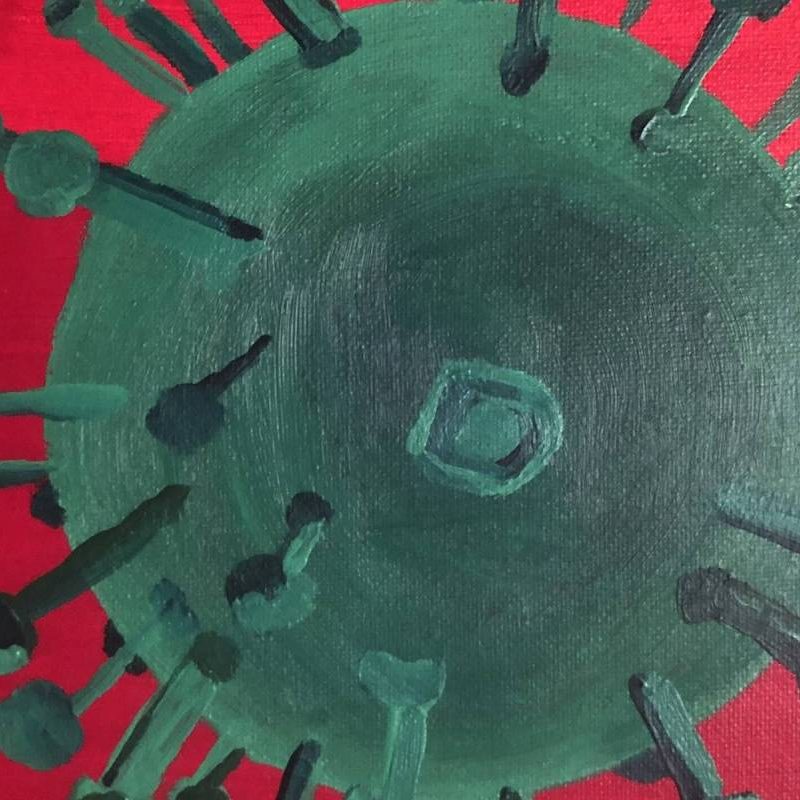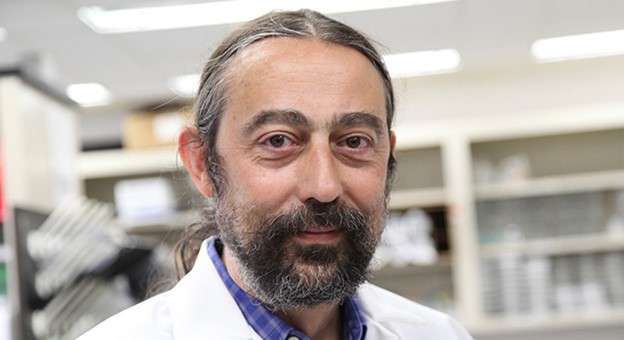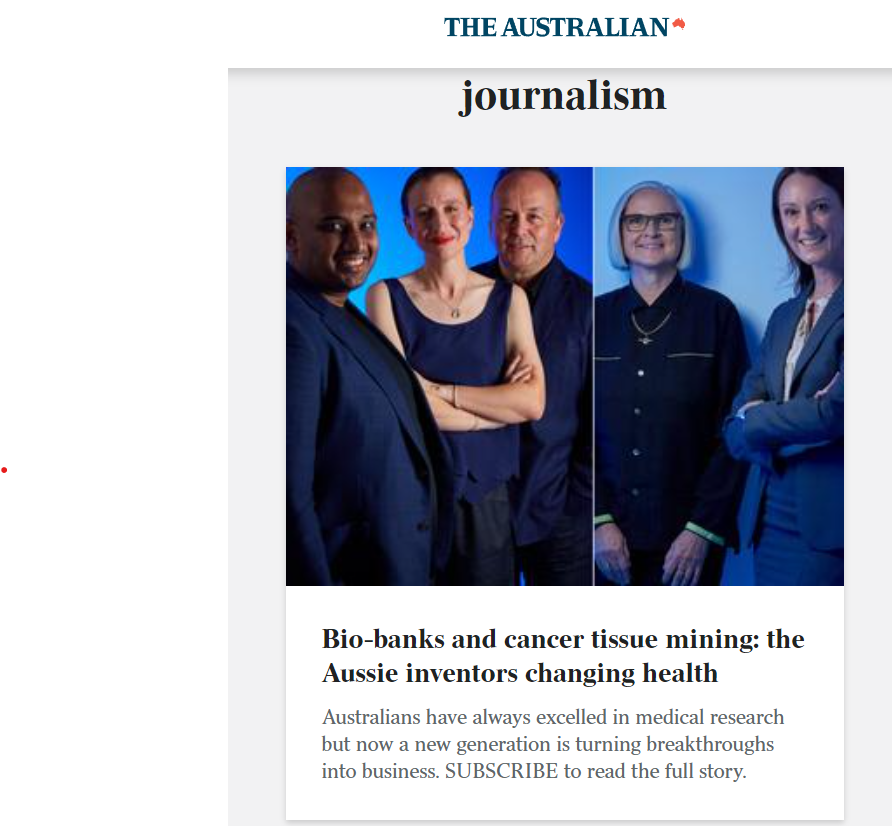Pandemics & Society Seminar, 5 December: The First Wave of the 1918 Influenza and the Western Front
For the final Pandemics & Society Seminar of our Fall 2024 series we are pleased to welcome Srijita Pal (University of Southern California). The seminar will be held on Thursday, 5 December at the normal time (1600 CET). More information about our speaker and the presentation is below. You can sign up for email notifications about the seminar series, including the Zoom details, here.
Abstract
The first wave of the 1918 influenza pandemic occurred during a crucial moment in the First World War, yet despite this temporal overlap, their interactions remain underexplored by military and medical historians alike. This presentation, however, focuses on the unique challenges that were created when soldiers faced two enemies—war and disease—at once, contending that the first wave of the pandemic crucially impacted the war. Looking at the months of May through July of 1918, this presentation will put forward the argument that the timing of the first wave of the flu, alongside a fundamental misunderstanding of the disease fatally debilitated the German Army during the Kaiserschlacht, or Spring Offensive, all while passing over the better medically equipped French Army months before during a time in which they faced no major offensives. Then focusing primarily on the experiences of the German Sixth Armeeoberkommando, this presentation will look at how the disease affected soldiers in a way that directly impacted the tactical and operational pursuits of the German Army during Operation Marneschütz-Reims, contributing to the ultimate failure of the operation and, subsequently, contributing to the failure of the Spring Offensive. Drawing from years of extensive archival work, this presentation showcases historical evidence that places the influenza pandemic and the First World War not just as parallel historical events, but intertwined global catastrophes that changed the trajectory of twentieth century Europe.
About the Speaker
Srijita Pal is a doctoral candidate in the Department of History at the University of Southern California where she studies modern European history and the history of science and medicine. In addition to holding bachelor’s degrees in both Microbiology and History from the University of California, Davis, she additionally holds a master’s degree in World History from New York University.


